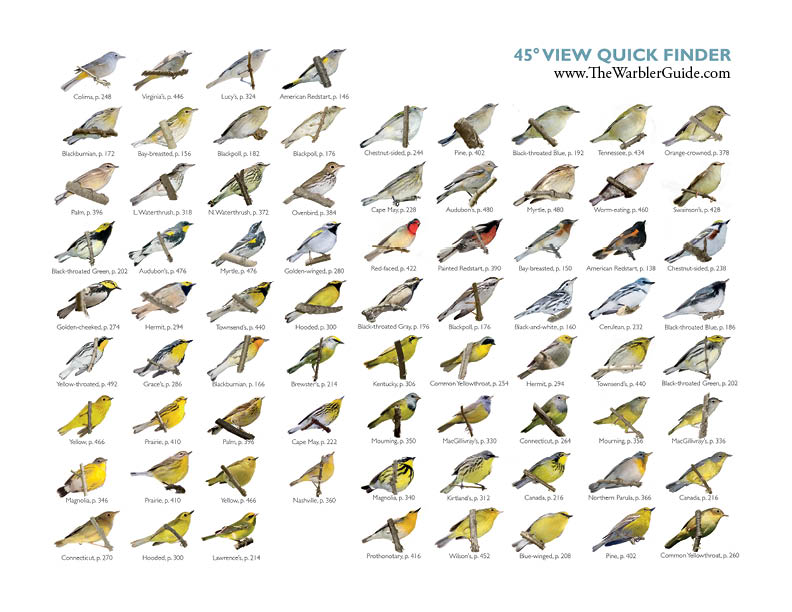Becoming a better warbler-watcher
With fall migration gaining traction and the yearly fall mass-migration not far in the future here in the Midwest, it is the perfect time to increase you skill in identifying warblers in their fall plumage. But like many things, this is easier said than done. But there are two main ways in which you can easily increase your skill in identifying fall warblers, thus making you a better warbler-watcher, and more importantly, a better bird watcher in general. Here are my two tips at becoming a better warbler-watcher.
Remember the basic identification process!
If you are an experienced bird watcher, you know the importance of using the identification process to identify a mystery bird. If you are a beginner, then one of the first things you should learn is the proper steps to (correctly) identify a unknown bird species. And last but certainly not least, if you are like me (gulp), you should actually put the knowledge of how to properly ID a bird to use by actually following the process (which until recently, I wasn’t very good at doing, but trust me, it does help).
I will give a short and sweet version of the proper process the identify a bird below, but if you want to read up on it in a more formal essay, click here.
First, you should quickly note the approximate size of the bird. Next, notice the physical features of the bird. Look for distinct marks, such as wingbars, spectacles, eye-rings, streaks or spots on the breast, the most prominent colors, etc. Lastly, note the behavior of the bird (you should also note the habitat the bird was in, but this shouldn’t be hard to remember). With this info, it is much, much easier to identify a bird than if you just look at it and try to keep a mental image of how it looked. Often you will forget some major identifying features, or worse yet, forget completely how it looked. Of course the best way is to photograph the bird, because then you don’t have to remember anything. But this usually, if not most of the time, isn’t an option.

A sample page of one of the many helpful warbler 'quick finder' charts
Download free resources form the Warbler Guide!
The best method for identifying a bird, it is true, is using the identifying process given above. But what makes the process above even more helpful? The ‘Quick Finder Set’ from the Warbler Guide! This is an entirely free download from Princeton University Press. It is in PDF form, and you can download just the parts you want (which include west spring and fall quick finders, spring and fall quick finders, 45O quick finder, under tail quick finder, and much more), or download a zipped folder of them all, which is what I recommend. It is truly a priceless (but free) resource that all bird watchers should have. You will have to see it to believe it, so don’t delay! Spread to word to others that may not know of this useful resource, also. You can find the downloads here.